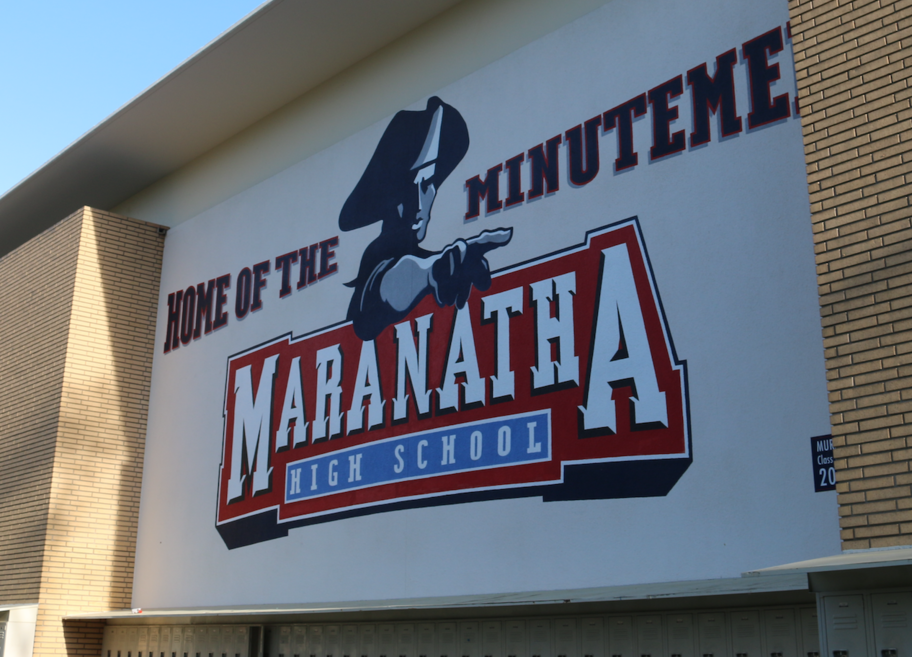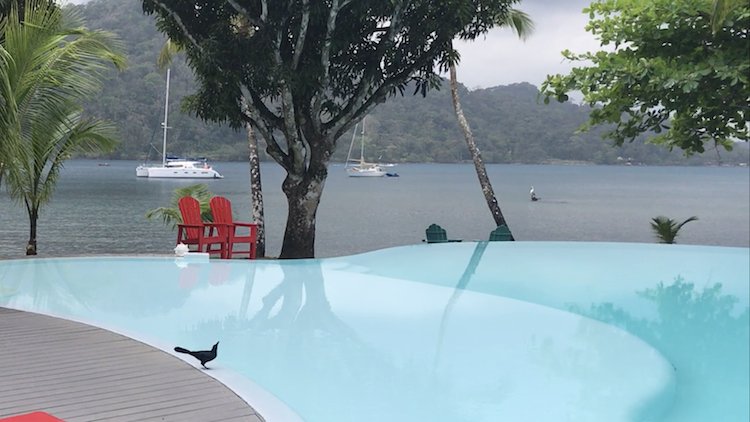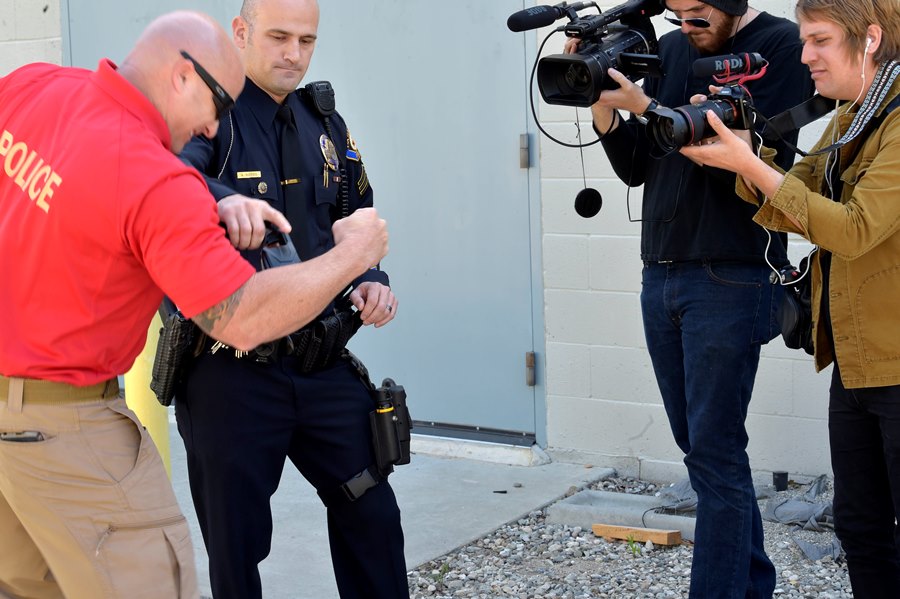
By Gus Herrera
Pasadena’s iconic Colorado Street Bridge will soon be undergoing some changes – in an attempt to deter suicides, the city council recently gave staff the green light to begin development of various deterrence measures, including vertical barriers, end treatments, and ledge modifications.
The Pasadena landmark was proclaimed the tallest concrete bridge of its time when completed in 1913, according to the National Park Service, and it was most-recently featured in the 2016 Oscar-nominated film “La La Land.” But, in the 103 years in between, the bridge has been tarnished by infamy – infamy that spawned the unfortunate nickname: “Suicide Bridge.”
Per the National Park Service, the first person leapt from the bridge in 1919 and, with the onset of the Great Depression a decade later, many more followed.
Last summer, a burst of multiple suicides and suicide attempts prompted Ara Maloyan, director of public works, to assemble a task force to address the “alarming trend.”
The city also installed temporary prevention measures, including 10-foot-tall fencing at all 20 benched alcoves and wrought iron fencing at all four corners of the bridge.
Despite the measures, the bridge has various features where individuals can position themselves to jump. Prior to the installation of the temporary fencing, the existing vertical barrier did not span the length of the 20 benched alcoves or the four corners of the bridge. The existing vertical barrier itself also has some flaws – the original four-foot balusters provide a foothold for those attempting to climb, and, once on the foothold, the barrier’s horizontal railing allows climbers to hoist themselves over the top.
“Any healthy individual can accomplish this,” said Maloyan.
Maloyan also revealed that since the installation of the temporary measures, no one has successfully jumped from the alcoves, but two individuals have still managed to climb the existing vertical barrier.
The task force, which had to delicately balance the preservation of the bridge’s historic architecture with functional deterrence measures, held several meetings with the community over the course of the past year. Based on feedback and discussion, the task force concluded that improved vertical barriers and end treatments were the best solutions, as they are the only “measures that physically prevent attempts from occurring.”
Thus, the task force recommended the design/installation of new vertical barriers on both sides of the bridge for its entire length, including the weak points along the benched alcoves. The new barriers will have a minimum height of seven feet, six inches above the highest toe-hold. The task force also recommended the design/installation of end treatments to deter a person’s ability to walk along the outside ledge of the bridge. Council approved the recommendations without opposition.
Additionally, city staff will also study complementary measures that will work “in concert” with the approved physical measures. Possible complementary measures include signage, “self-help” phone/text lines, horizontal netting, and technological measures such as cameras, speakers, and motion sensors.
Staff will also explore the possibility of raising the iconic lamp posts to maintain proportionality with any heightened vertical barriers.
With council’s approval, staff will now create a new capital improvement program (CIP) project and seek the necessary funding appropriation. The city will also contract a qualified consultant to help guide the process.
When Council Member Gene Masuda inquired about the projected price tag, Maloyan revealed that staff will seek approximately $400,000 for the initial design/environmental phase and, if the original concrete railing needs modification, the price could range anywhere between $2 and $4 million.
Maloyan said he hoped that the price will fall in the range of $2.5 million but urged council not to hold him to any initial estimates as the project must still undergo a lengthy vetting process, including collaboration with the community and relevant stakeholders.
“We shouldn’t limit the design based on cost … this bridge deserves the best solution,” said Maloyan.
The allocation of funds for the project will be requested as part of the FY2019 CIP budget and the design/environmental phase is expected to begin in July, according to staff’s report.






